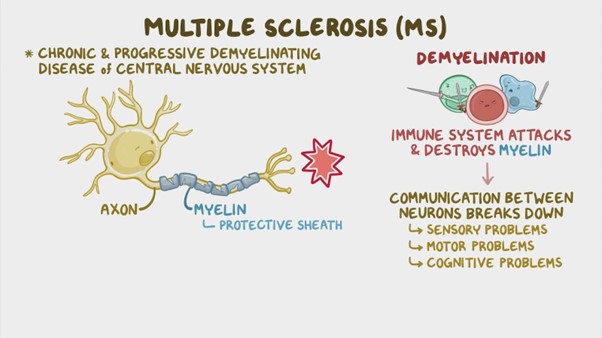A nurse is planning care for a client who is receiving chemotherapy and has neutropenia. Which of the following interventions should the nurse include in the plan?
Avoid including raw fruits in the client's diet.
Restrict visits from young children to 2 hr per day.
Measure the client's temperature once per shift.
Use disposable gloves from a box outside the client's room.
The Correct Answer is A
A. Correct. The nurse should avoid including raw fruits in the client's diet because they can harbor bacteria and fungi that can cause infection in a client who has neutropenia, which is a low white blood cell count.
B. Incorrect. The nurse should limit visits from anyone who is sick or has been exposed to an infection, but there is no need to restrict visits from young children specifically, as long as they are healthy and follow proper hand hygiene.
C. Incorrect. The nurse should measure the client's temperature at least every 4 hr, or more frequently if indicated, because fever is a sign of infection in a client who has neutropenia and requires prompt intervention.
D. Incorrect. The nurse should use disposable gloves from a box inside the client's room, not outside, to prevent cross-contamination and protect the client from exposure to pathogens.
Nursing Test Bank
Naxlex Comprehensive Predictor Exams
Related Questions
Correct Answer is D
Explanation
A. Contact the facility's ethics committee: This is incorrect because it is not an urgent action and it does not address the client's immediate needs. The ethics committee can be consulted later if there are ethical dilemmas or conflicts regarding the client's care.
B. Obtain consent from the client's employer: This is incorrect because it is not a valid source of consent. The employer has no legal or ethical authority to make decisions for the client, unless they are also a designated surrogate or proxy.
C. Limit care to comfort measures: This is incorrect because it does not meet the standard of care for an emergency situation. The nurse has a duty to provide life-saving interventions for a client who is unconscious and requires emergency medical procedures, unless there is evidence of a valid advance directive that states otherwise.
D. Proceed with provision of medical care: This is correct because it follows the principle of implied consent, which assumes that a reasonable person would consent to emergency treatment if they were able to do so. The nurse should document the circumstances and continue to search for family members or other sources of consent.
Correct Answer is A
Explanation
Choice A reason:
"Use a cane when walking to maintain your balance" is the correct statement Multiple sclerosis (MS) is a chronic autoimmune condition that affects the central nervous system, leading to various neurological symptoms. Mobility and balance issues are common among individuals with MS, and using a cane can be helpful in providing stability and support while walking. It can also reduce the risk of falls and improve the client's overall safety and confidence when ambulating.
Choice B reason:
"Plan to take a hot bath once a week to reduce stress” is not appropriate statement. Heat sensitivity is a common symptom in individuals with MS, and exposure to heat, such as hot baths or saunas, can exacerbate MS symptoms. It is generally advisable for individuals with MS to avoid excessive heat exposure as it can worsen fatigue and other neurological symptoms.
Choice C reason:
"Engage in a rigorous exercise program to maintain muscle tone" is not appropriate. While exercise is beneficial for individuals with MS, particularly in maintaining muscle strength and flexibility, it is essential to avoid a rigorous or overly strenuous exercise program. High-intensity exercise may lead to increased fatigue and exacerbation of MS symptoms. A personalized exercise plan that considers the individual's specific abilities and limitations is recommended.
Choice D reason
"Place a scatter rug in your bathroom to prevent falling" is not appropriate statement. Placing a scatter rug in the bathroom is not advisable, especially for individuals with mobility and balance issues like those with MS. Scatter rugs can create tripping hazards and increase the risk of falls. It is essential to keep the bathroom floor clear and use non-slip mats to improve safety.

Whether you are a student looking to ace your exams or a practicing nurse seeking to enhance your expertise , our nursing education contents will empower you with the confidence and competence to make a difference in the lives of patients and become a respected leader in the healthcare field.
Visit Naxlex, invest in your future and unlock endless possibilities with our unparalleled nursing education contents today
Report Wrong Answer on the Current Question
Do you disagree with the answer? If yes, what is your expected answer? Explain.
Kindly be descriptive with the issue you are facing.
